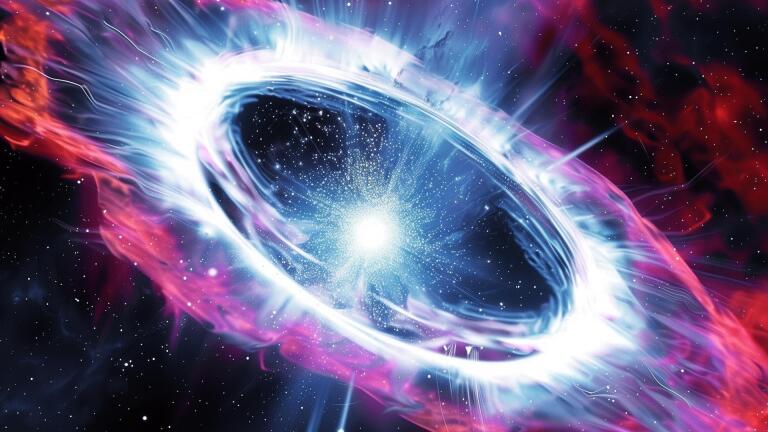Back to Show
PBS Space Time
The New Physics of Black Hole Star Capture | Extreme Tidal Disruption Events
Season 10
Episode 21
If you track the motion of individual stars in the ultra-dense star cluster at the very center of the Milky Way you’ll see that they swing in sharp orbits around some vast but invisible mass—that’s the Sagittarius A* supermassive black hole. These are perilous orbits, and sometimes a star wanders just a little too close to that lurking monster, leading to a tidal disruption event.
Support Provided By

15:14
Is Dark Energy Getting Weaker?

16:08
Here’s the story we like to tell about the beginning of the universe.

16:51
Let’s talk about quantum gravity experiments that can be done here on Earth!

19:25
What if gravity isn’t weirdly quantum at all, but rather … just a bit messy?

17:02
Have we reached the end of the line of discoverable elements?

15:32
Can we change the color of a black hole?

18:26
Learn about Nobel laureate Roger Penrose's idea of how consciousness is caused by quantum processes.

16:28
Faster than light travel may produce gravitational waves that we could see here on Earth.

20:07
All particles belong to two large groups: fermions and bosons.

16:11
Just how much stronger is this year’s solar activity going to get?

17:25
So you’ve decided to jump into a black hole...

12:51
We only recently figured out where cosmic rays are coming from.











